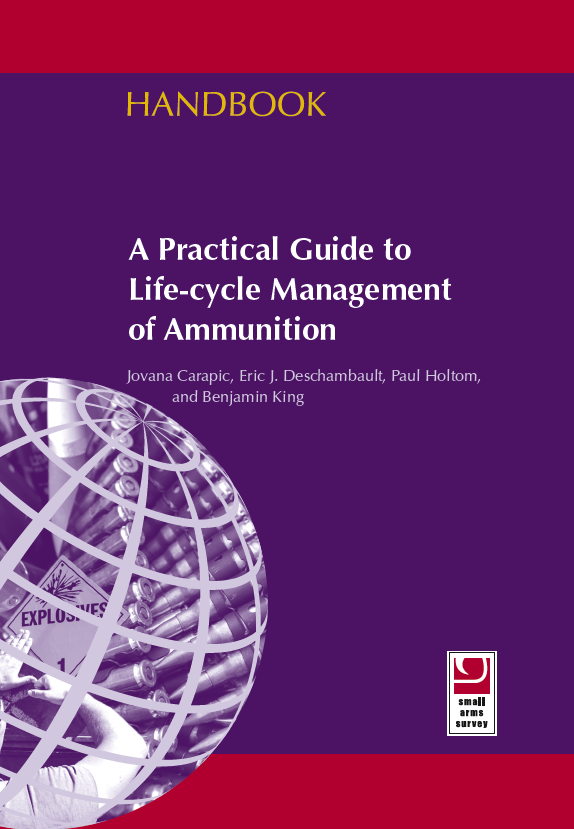
A Practical Guide to Life-cycle Management of Ammunition
Ammunition is an expensive commodity and an essential resource for the implementation of a national defence and security policy. However, national ammunition stockpiles can also pose risks to national security and public safety. Poor accounting and inadequate physical security of storage facilities can facilitate the diversion of ammunition from the national stockpile to terrorists, criminals, and other armed groups, increasing insecurity and instability. Furthermore, the deterioration of munition components can contribute to unplanned explosions at munitions sites (UEMS), which can have significant negative socio-economic and political consequences for the public and national governments. To mitigate these risks, ammunition management requires complex systems, which, in turn, present planning challenges and have significant budgetary implications for governments. A system-based approach to the life-cycle management of ammunition (LCMA)—and a long-term strategy to execute it—can help a state maximize its ammunition investment while at the same time mitigating the risks of diversion and UEMS.
This Handbook provides a succinct and accessible introduction to the Small Arms Survey’s LCMA model and describes the role of national ownership in creating an enabling environment in which states can establish and maintain an LCMA system. It unpacks the model’s four functional elements (planning, procurement, stockpile management, and disposal) with reference to relevant IATG modules and presents examples drawn from states’ experience and practice to highlight the benefits of an LCMA system-based approach. In particular, the Handbook answers the following key questions:
- What are the necessary enabling conditions to establish and maintain an LCMA system?
- What are the key processes and activities in each of the four functional elements of an LCMA system?
- How do the functional elements of an LCMA system interact with each other?
- What is the relationship between the LCMA system-based approach and other technical guidance and standards, such as the IATG?
Available in: ENGLISH | FRENCH
Have your say about Small Arms Survey resources: take 5 minutes to fill out our questionnaire.